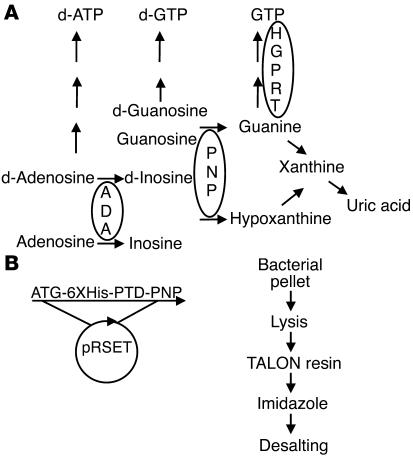Figure 1. Role of PNP in purine metabolism and the production of TAT-PNP.
(A) PNP phosphorylates deoxyguanosine (d-Guanosine) and guanosine to guanine and deoxyinosine and inosine to hypoxanthine, both of which can be further metabolized to uric acid. PNP deficiency results in accumulation of PNP substrates and reduced products such as guanine and uric acid. Defects in purine metabolism enzymes such as PNP or ADA cause severe immune defects. Mutations in hypoxanthine-guanine phosphoribosyltransferase (HGPRT) are associated with neurological abnormalities, similar to PNP and ADA deficiencies. (B) The coding sequence of the 11–amino acid TAT PTD (YGRKKRRQRRR) flanked by glycine residues was inserted by PCR upstream of human PNP (without the ATG). TAT-PNP was inserted into pRSET vector with an N-terminal Histidine tag (6XHis) and expressed in E. coli BL21(DE3). The bacterial pellet was lysed, applied to a resin column, washed, eluted with imidazole, and desalted.

